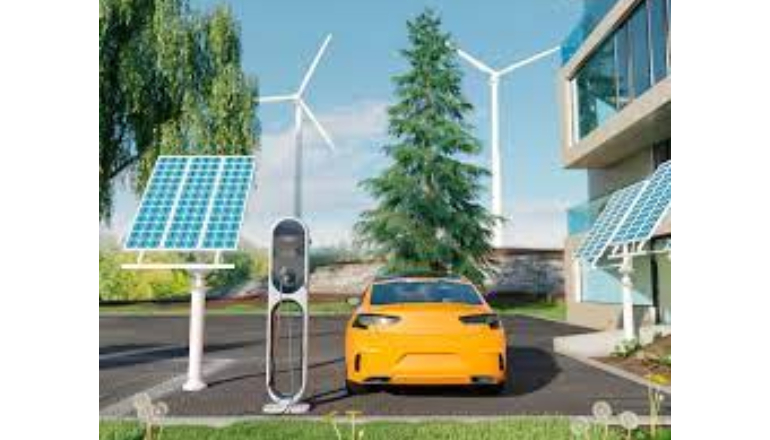Will Maharashtra retain its dominance as an EV market leader?
When it comes to the nation’s highest concentration of EVs—including cars, two-wheelers, and buses—Maharashtra is in first place. The state has witnessed a record increase in the adoption of electric vehicles of roughly 130%.
According to data from the Maharashtra State Electricity Distribution Company (MSEDCL), there are 3,073 EV charging stations in the state overall, with the greatest number of them—1,894—found in the Pune district alone.
Here’s a breakdown of the state’s progress.
Favorable policy:
To become the leading EV producer by 2025, Maharashtra unveiled its EV Policy in 2021. The first 100,000 electric two-wheelers sold will be eligible for subsidies, which include a maximum incentive of ₹10,000 and an incentive of ₹5,000 per kWh of battery capacity.
Boosting charging infrastructure:
Tata Power has installed 19 fast charging points on the Mumbai-Pune highway and 26 on the Mumbai-Goa (via Pune) highway.
They intend to gradually install an additional 4000 charging stations throughout Maharashtra. The goal is to expand the reach of EV charging infrastructure and ensure that these facilities are powered by 100% renewable energy sources.
This expansion will significantly address range anxiety, a major concern for potential EV buyers.
Leading the charge in public transport:
The Maharashtra State Road Transport Corporation (MSRTC) is actively transitioning its fleet to electric.
Presently, 137 of the approximately 14500 buses that MSRTC currently operates every day throughout the state are electric. The entity has decided to add 5,150 more electric buses over the next two years as part of this ambitious plan. This is in sync with Maharashtra’s ambitious target of achieving a fully electric public transport system by 2030.
The way forward:
Many states including Uttar Pradesh, Karnataka, Kerala, Gujarat, and Goa are inching closer to achieving their EV targets–each state announcing an equally competitive strategy and incentives to support the industry. Maharashtra can retain the top spot as it has an added advantage–it houses one of the largest auto hubs in the country. This is the best chance for the state government to engage with the entire value chain and steer the industry in the right direction.

